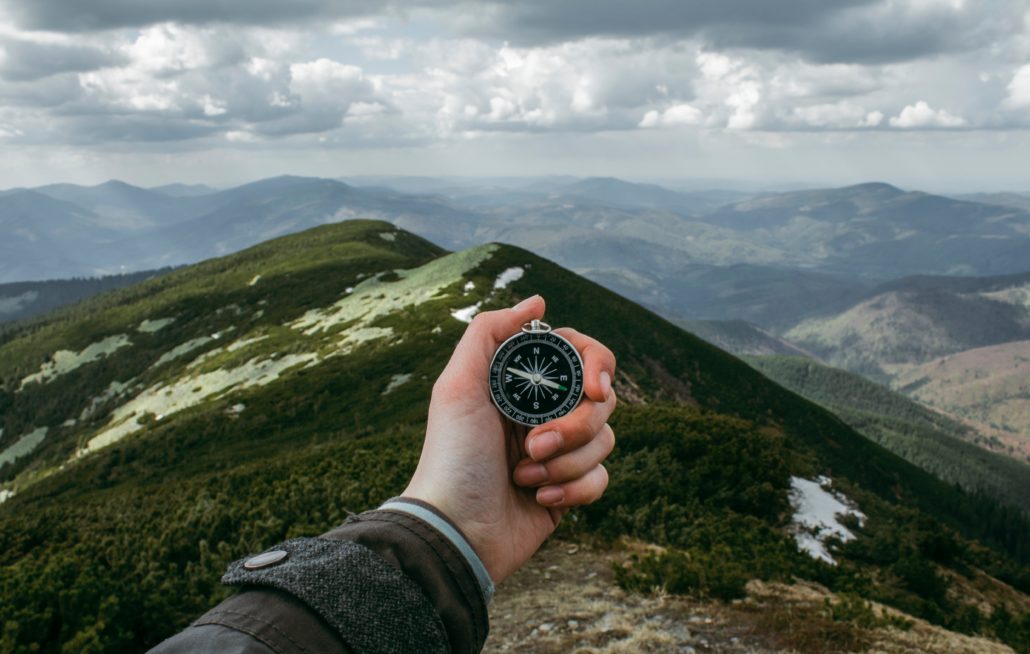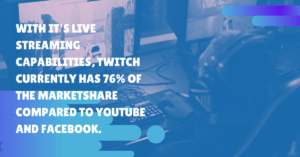The scope of influencer marketing is growing. As more industries enter this marketing sphere, new trends are likely to emerge. One of the most recent trends has been the influx of destination bloggers and travelers. What are this new type of influencer, and how can they be used to market the travel industry?
How the Conversation Around Travel Has Changed
Originally, travel was seen as a luxury. The only people that could afford to travel were the ones that were already established in their careers and had extra money outside of their budgets to take a trip. For boomers and older generations, travel was not done frequently because their financial priorities were different. A majority of their spending was focused on large purchases such as houses and cars, instead of taking a trip. However, that is not the same with younger demographics.
Studies show that Millennials and Gen Z put more of an importance on experiences instead of traditional financial milestones, which reflects in their spending habits. As such, these are the demographics that are most likely to take trips and travel. Add in social media, and you have the perfect environment for travel influencers to thrive.
With so many younger, digitally savvy people eager to splurge on once-in-a-lifetime experiences, the travel industry has seen a period of massive growth.
This renewed interest in traveling also affects the way that people view travel in general. For people that are unable to take a vacation or long trip, seeing images and videos from other people’s travels is a way for the user to escape–adding fuel to the fire for the travel influencer marketing industry.
What are Travel Influencers?
Travel influencers produce content focused primarily on going to new places and having experiences. While some started out as people who liked travel and showed it on social media, some travel influencers started going to new places because they saw it as an opportunity for their personal brand.
Regardless of the intent, travel influencers have made their way into the mainstream of influencer marketing and brands are taking notice. For hospitality and tourism, this presents a giant opportunity to grow their industries with the help of influencers.
These types of influencers sell experiences as romantic or visionary and encourage their audiences to join in on their trip–or to take one of their own. Part of the power of travel influencers comes from their ability to make their followers feel connected to their experiences like they are encountering the same waterfall the same way the traveling influencers are. This connection shows a heightened level of engagement with travel influencer audiences, and reflects the trust that these audiences have in their influencers. For brands and advertisers, this type of loyalty is valuable in establishing which influencers they want to partner with for future campaigns. By using travel influencers, travel agencies, country tourism departments and more can display their locations as desirable destinations for people with wanderlust–and boost their popularity with travellers.
What’s the Right Way to Use Travel Influencers?
When used correctly, travel influencers have the potential to change the travel industry for good. As more people put an emphasis on authentic relationships with people that they trust, the more power that influencers are shown to have.
The result is an influencer partnership that can be used to create an engaging user experience that will inspire and encourage other users to do the same. Recently, travel influencers have managed to drive traffic and awareness towards certain aspects of the travel industry, such as the importance of responsible, eco-conscious tourism and the uniqueness of elite, luxury travelling experiences.
Although these were predicted travel trends for 2019, their impact is seen well into 2020. Brands such as Revolve, Benefit and Boohoo have selected groups of curated influencers to send on luxury vacations and post about it–resulting in interesting collaborations from a variety of trusted influencers. Even though those brands and influencers focus on the fashion industry, the element of travel propelled their social campaigns into new territories.
By showing gorgeous locations with aesthetically appealing clothes, the influencers evoked an authentic sense of the destination. The campaign resulted in higher engagement rates with influencer and brand content, an increase in brand sentiment, website traffic and possible sales conversions. With most advertisements running about the same price as sponsoring an entire influencer vacation, it’s no surprise that brands are turning towards the more visually appealing platforms of social media to share their messaging and promote their items.
Are you looking for a way to incorporate travel influencers into your digital campaign and marketing strategies? Chat with our demo team about how Sideqik can streamline your process and get your influencer marketing all in one place.
Maria Lewczyk
Latest posts by Maria Lewczyk (see all)
- 4 Ways Esports Can Use Influencers to Reach a Broader Audience - March 26, 2020
- How Brands Can Use Influencers and TikTok for Commercial Campaigns - March 20, 2020
- 3 Things Marketers Can Learn from Bumble’s Influencer Partnerships - March 10, 2020







